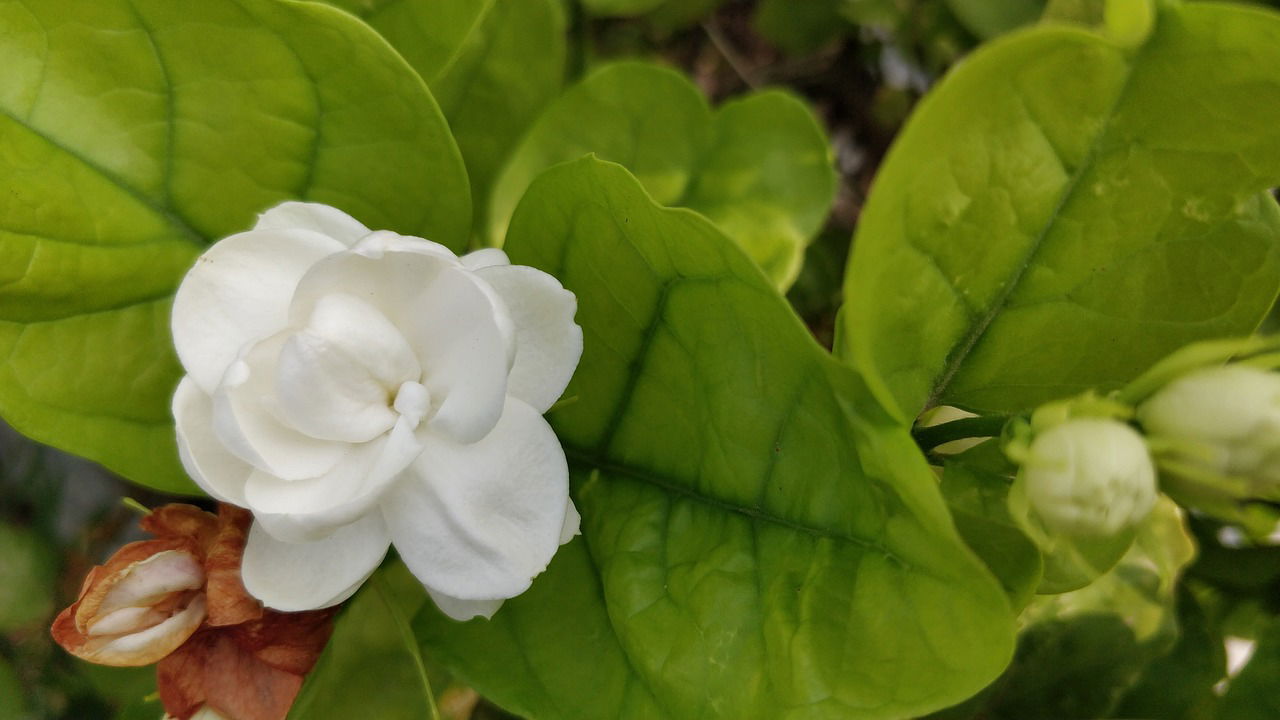
Mogra, commonly known as Arabian jasmine (Jasminum sambac), is a highly fragrant flowering plant valued for its aromatic white blossoms. Native to tropical regions, mogra thrives in warm climates and well-drained soil. It plays a significant role in cultural, religious, and medicinal practices, especially in South Asia. The flowers are widely used for garlands, perfumes, essential oils, and religious offerings. Mogra is relatively easy to cultivate, making it popular among farmers and gardeners. With proper care, this plant can bloom profusely, offering both aesthetic beauty and economic benefits.
Importance of Mogra
Mogra holds significant importance across various domains:
-
Cultural Significance: In many cultures, especially in South Asia, mogra flowers are integral to religious ceremonies, weddings, and festivals. They symbolize purity and love.
-
Aromatic Value: Mogra is renowned for its enchanting fragrance, making it a key ingredient in perfumes, essential oils, and incense, contributing to the fragrance industry.
-
Economic Benefits: Mogra cultivation can be highly profitable for farmers, as the demand for its flowers is consistently high. It offers a viable source of income, especially in rural areas.
-
Medicinal Uses: Traditional medicine often utilizes mogra for its therapeutic properties, including anti-inflammatory and calming effects, contributing to its value in herbal remedies.
-
Environmental Benefits: Mogra plants help improve air quality and attract beneficial insects, making them valuable for biodiversity and ecosystem health.
-
Ornamental Use: Beyond its fragrance, mogra is a popular choice for gardens and landscaping due to its beautiful, delicate flowers, enhancing aesthetic appeal.
Facts about Cultivation
-
Soil and Climate: Mogra thrives in a mild tropical climate and can be grown in various soil types, particularly well-drained sandy loams and red loams.
-
Propagation: It can be propagated through methods like cuttings, layering, grafting, and tissue culture, with terminal and semi-hardwood cuttings being the most common commercial practices.
-
Varieties: Several varieties of mogra are popular, including Gundumalli, Motia, and Double Mogra, each with unique characteristics.
-
Flowering Season: Mogra typically flowers from March to April, with harvesting recommended during the morning when flower buds are still unopened.
-
Uses: The flowers are extensively used for making garlands, floral decorations, and in the perfume industry. They also have medicinal properties and are utilized in traditional practices across India and in other countries.
-
Yield: The average yield is approximately 5 tons per hectare, making it a valuable crop for farmers.
Market price of Mogra
The market price of mogra flowers can vary significantly based on factors such as season, quality, and location. Currently, mogra flowers are being sold at prices ranging from Rs. 500 to Rs. 800 per kilogram. Additionally, some online retailers list them at approximately Rs. 200 for a small pack of fresh mogra flowers.
(Source - ICAR, Online commodity prices)
















